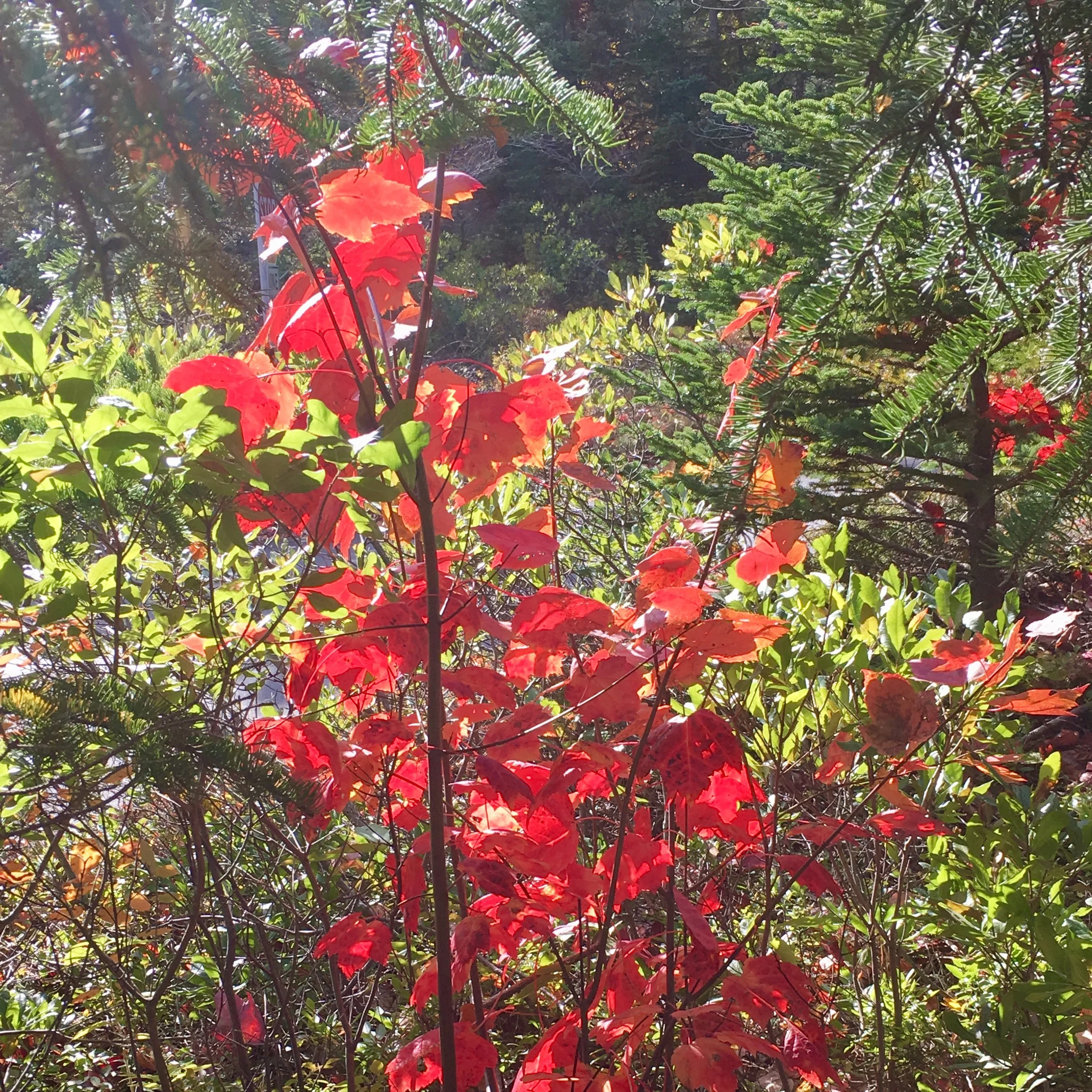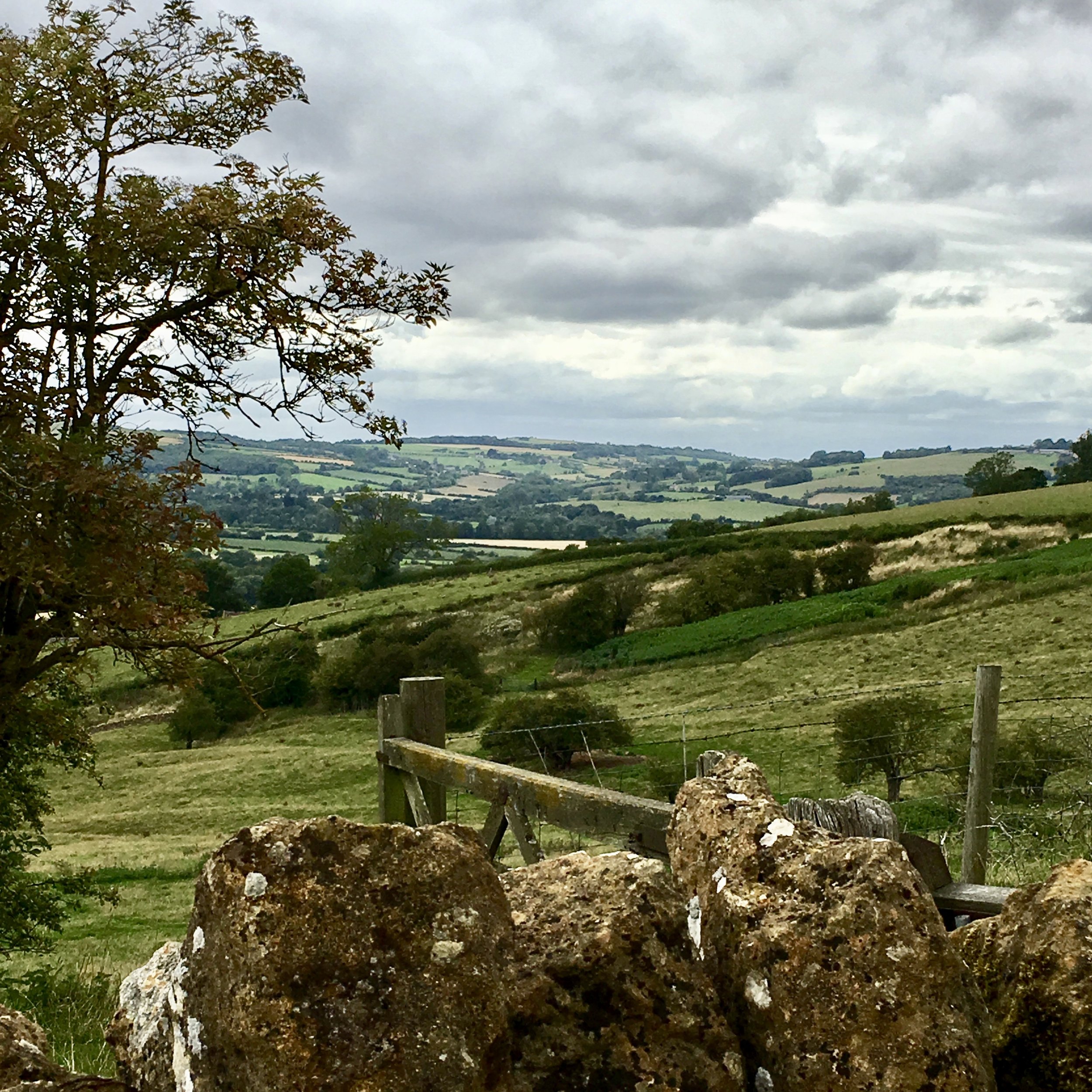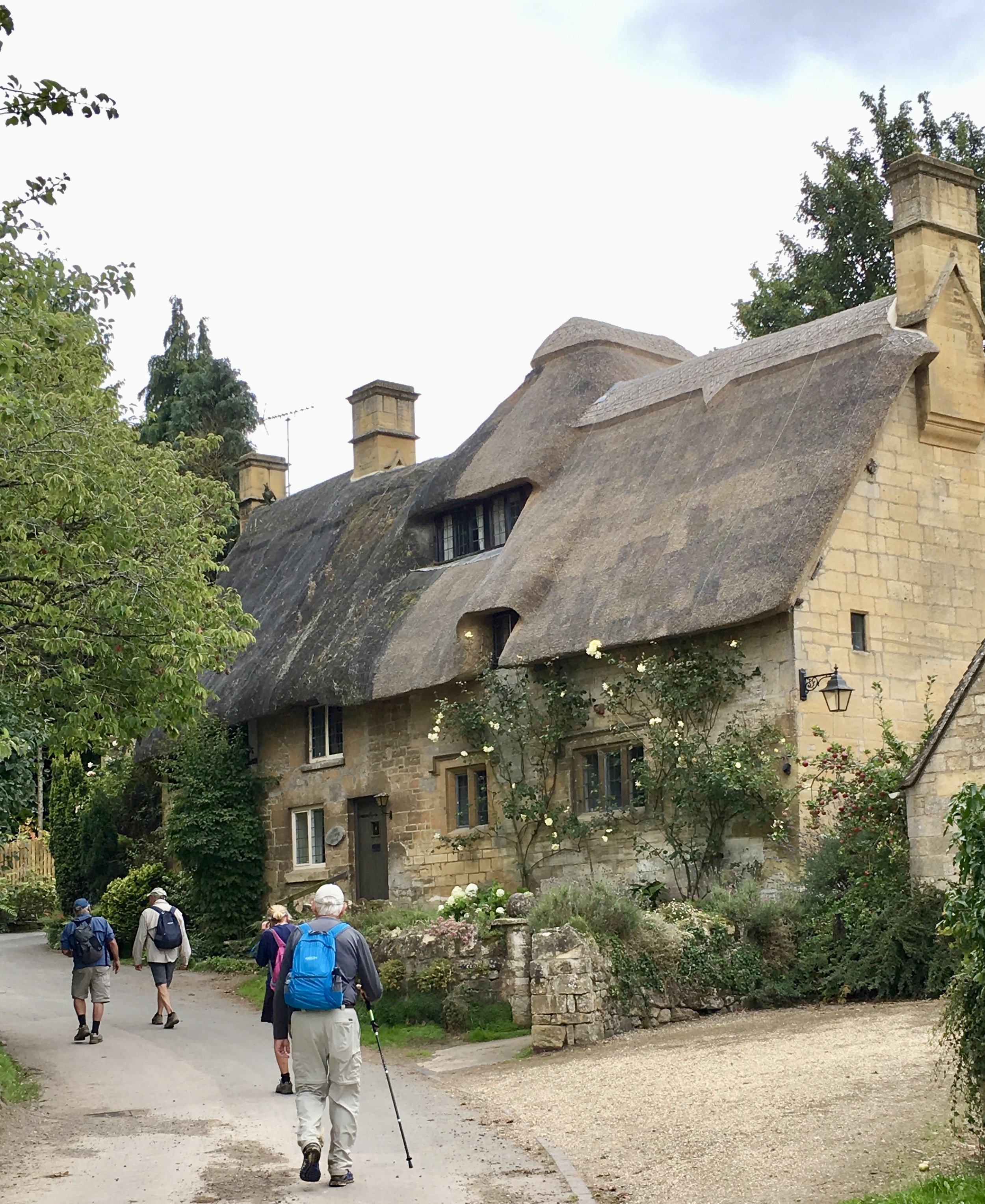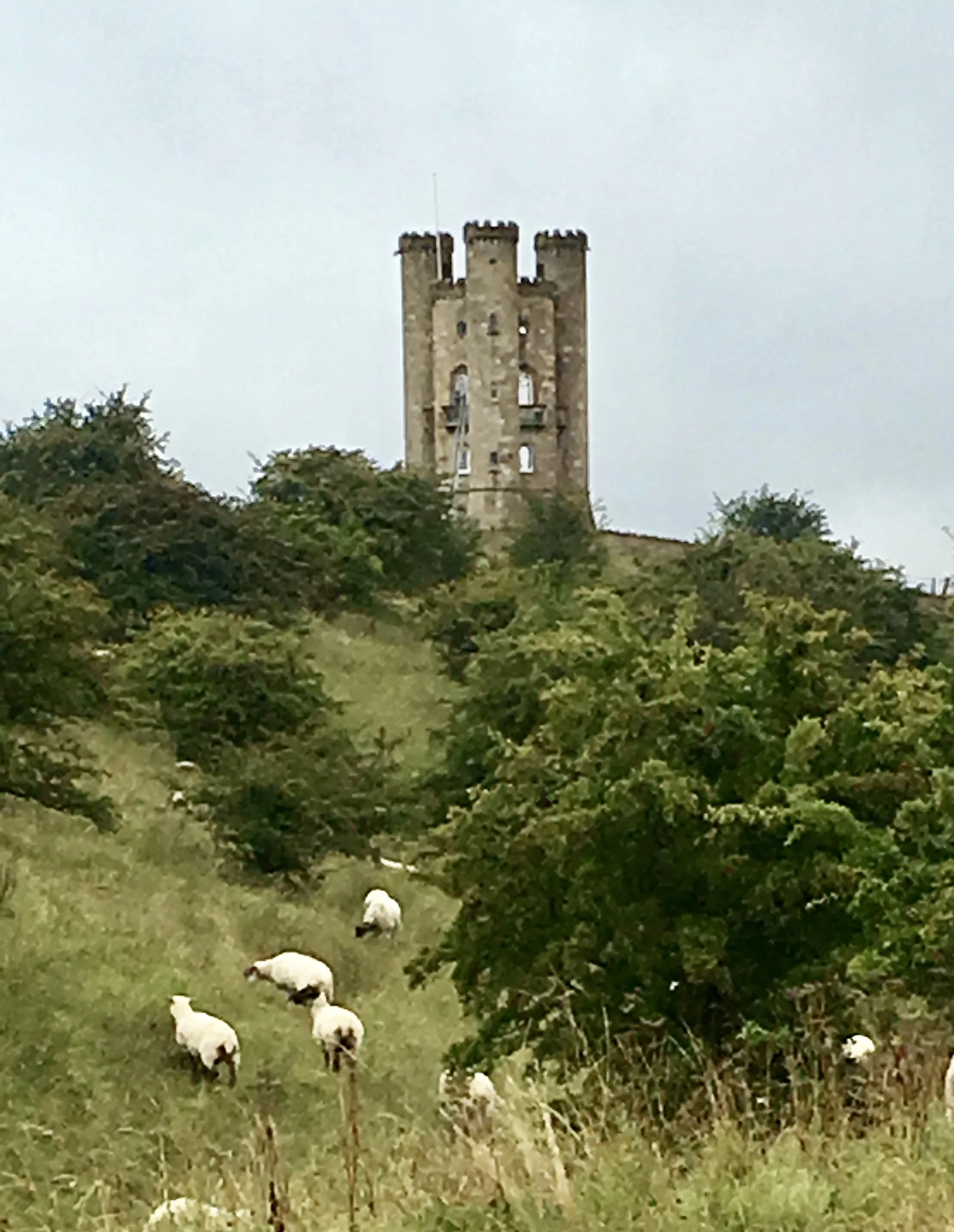The Cotswolds is a vast area which covers nearly 800-square miles spanning six counties and has a seemingly endless number of trails to choose from - some circular, some linear, but all offering beautiful pastoral scenery and sweeping views of the English countryside.
Perhaps the most famous trail is the 102-mile Cotswold Way which stretches from Bath to Chipping Campden and can take 7-10 days to complete, but there are many other shorter routes already mapped and waymarked that traverse many of the same quaint towns and villages that you can complete in 2-5 days. Determining which route to take really depends on what you want to see, how far you're willing to walk, what type of accommodations you prefer and your budget.
The Cotswold Round
Our group of eight decided on the Cotswold Round - a five-night, 4-day circular route - designed to take in some of the most picturesque villages and towns in the Cotswold countryside with a few steep climbs to breathtaking panoramic views. Our walk started and ended in Moreton-in-Marsh, once an important staging area for horse-drawn carriages making their way to London and many of the inns, pubs and homes in this town today were once coaching inns. We walked an average of 12.8 miles each day which didn't leave much time for sightseeing. We started our walks at 9 a.m. everyday and usually finished between 3:30-5:00pm. By the time we showered and had a drink it was usually time for dinner and shops were closed. If you want to have more free time in the towns then consider walking fewer miles each day. We ran into several people who were only walking 6-7 miles per day. There are many tour operators that offer walks of various distances along many routes and will transfer your luggage to the next town as ours did.
Waymarkers
Along the way we visited more than a dozen villages and towns and connected onto other trails for brief stretches which included the Monarch's Way, Windrush Way, Wardens Way and sections of the Cotswolds Way. Our first day on the trail proved to be a challenge with seemingly convoluted directions and elusive waymarkings which slowed us down. However, by the second day we found the directions much easier to follow or our navigation skills had improved - not sure which. We had two people reading directions while the rest of us looked for landmarks, waymarkers, fingerposts, gates, hedges, fences, stiles or other vital signs that would keep us on track.
Trails
The scenery on our walk was ever-changing as were the paths we walked on. We climbed grassy hills, followed cuts through farm fields, walked down country lanes, shared bridle paths with horses and riders, hiked a single-track path through a wood and occasionally plodded through mud or wet, sticky clay that required a good boot scrubbing at the end of the day. There were also trails fringed with stinging nettle that got our attention but caused no real harm. We noticed a few restaurants and pubs provided plastic bags to ramblers wearing muddy boots and some clientele just left their boots outside and enjoyed a pint while in their stockings. One path even skirted a golf course where we came upon a friendly foursome who didn't mind us watching them tee off.
Pub life
Stopping at a pub for lunch was a highlight each day and we always tried to find something at the halfway point of our walk but sometimes it was a bit of a challenge getting the timing just right. I recommend keeping some snacks like nuts, cheese and fruit in your day pack in case you need something to nibble on before you find a place to stop. The food was always good and we drank our fair share of beers along the way. A few pubs where we stopped displayed a "CAMRA" decal which recognized the pub as one listed in the CAMRA Best Beer Guide. CAMRA, which stands for Campaign for Real Ale, has been around since 1971 and in addition to publishing a beer guide, its mission is to promote quality ales and bolster support for local pubs in hopes they can thrive amidst ever-growing competition and higher taxes. CAMRA believes local pubs play a critical role in English culture as the hub of community life but in some areas, as wealthy residents move in, pubs are left behind as new fine dining establishments crop up. Real estate has been on a roll in the Cotswolds and demand in the area of Gloucestershire has driven up home prices more than 15% over last year. The Cotswolds have become a favored destination of the well-heeled and in the posh area of Chipping Norton, David and Victoria Beckham (See what I just did there?) just plunked down £6million ($8.079million) for a home they plan to remodel. A local couple in one town did try to direct us to a different pub, saying it would be three times cheaper than where we were headed.
I didn't take many pub or restaurant pics partly because I don't like taking photos during meals and also there was really no extra time during our breaks. I also didn't take pictures of the inns or B&Bs where we stayed but all were nice and had great hosts. The larger inns with restaurants worked out the best for us because at the end of the day after walking 12-14 miles we really didn't feel like walking another couple of miles back into town for dinner. Everywhere we stayed included full English breakfast.
Historic Sites
There were lots of buildings and structures of historical note throughout the Cotswolds including Civil War ruins, towers, dovecotes, castles, memorial markers, abbeys and wool churches. Much of the affluence in the Cotswolds centuries ago is attributed to the wealthy farmers and merchants who benefited from the wool trade and built large estates and donated generously to the churches, many still standing.
Towns and Villages
Our trails led us through some private land at times and provided up-close views at the daily work taking place on a farm or a glimpse into a perfectly-manicured English garden of a stately manor. The honey-colored stone cottages and thatched-roof houses reminded me of fairytale illustrations from books I'd read as a child. One of my favorite memories from this trip was when a farmer released his cows into the field where we were walking and we watched as his working dogs herded them to another field. While the farmer strolled along and talked with us, his two dogs worked together to move the cows the length of the long field and into an open gate waiting at the other end.
Some Final Thoughts
Even though we spent all day, every day walking during this vacation Larry and I still felt like it was one of the most relaxing trips we've ever taken. Walking the trail was quiet and scenic and we felt a sense of satisfaction in reaching our goal at the end of each day. We had moments of walking alone and times when we all were bunched together - talking and laughing, and there may have been a few expletives expressed while going up a steep ascent but we all had a great time. A few of us were a little sad when the trek was over and might go back to walk the entire 102-mile Cotswold Way in the near future. Thank you to Megan, Randi, Sally, Vikki, Bill and George for joining us on this adventure.
The Itinerary
Day 1: Moreton-in-Marsh
Day 2: Moreton-in-Marsh to Bourton-on-the-Water (12 miles)
Day 3: Bourton-on-the-Water to Winchcombe (13 miles)
Day 4: Winchcombe to Broadway (12 miles)
Day 5: Broadway to Moreton-in-Marsh (14 miles)
Day 6: Depart from Moreton-in-Marsh after breakfast.
Other towns and villages along the route included Broadwell, Stow-on-the-Wold, Longborough, Donnington, Upper Slaughter, Lower Slaughter, Naunton, Guiting Power, Broadway, Wood Stanway, Stanway, Stanton, Chipping Campden, Blockley,
Some Tips
Dress in layers and bring rain gear
A light day pack is essential and a walking stick or hiking poles is recommended
Wear sturdy trail shoes or hiking boots and make sure you have trained comparable distances wearing them before your trip.
Train. We walked at least 4-6 miles four or five times a week for at least a month prior to our trip. We also fit in a few longer walks of 7-8 miles.
Pack light. Most tour operators allow only one piece of luggage to be transported to your next accommodation each day.
If you're interested in taking a walk in the Cotswolds and would like help planning your trip, we'd love to assist you. Working with a travel agent will never increase the cost of a trip but it will usually enhance it.































